|
Bristol Sycamore
The Bristol Type 171 Sycamore was an early helicopter developed and built by the helicopter division of the Bristol Aeroplane Company. The name refers to the seeds of the sycamore tree, '' Acer pseudoplatanus'', which fall with a rotating motion. It has the distinction of being the first British helicopter to receive a certificate of airworthiness, as well as being the first British-designed helicopter to be introduced by and to serve with the Royal Air Force (RAF). Typically capable of seating up to three passengers, the type was often used as a transport for both passengers and cargo alike. In RAF service, the Sycamore was normally used in the search and rescue and casualty evacuation roles. The type proved the value of rotorcraft to easily traverse inhospitable or otherwise inaccessible terrain; the Sycamore made valuable contributions to British military activities during the Malayan Emergency, the Cyprus Emergency, and the Aden Emergency, in addition to other operations. ... [...More Info...] [...Related Items...] OR: [Wikipedia] [Google] [Baidu] |
RIAT
The Royal International Air Tattoo (RIAT) is the world's largest military air show, held annually in July, usually at RAF Fairford in Gloucestershire, England in support of The Royal Air Force Charitable Trust. The show typically attracts a total of 150,000 to 200,000 spectators over the weekend. History The first Air Tattoo was staged at North Weald Airfield in Essex in 1971, with just over 100 aircraft taking part. The event was founded by Paul Bowen and Timothy Prince, who were CAA air traffic controllers, and Air Marshal Sir Denis Crowley-Milling. From 1973 to 1983 it was held intermittently at RAF Greenham Common, initially under the title of the Royal Air Forces Association, South Eastern Area, Air Tattoo before moving to RAF Fairford in 1985. The show became the International Air Tattoo in 1976, and recognition of its unique status was granted by Queen Elizabeth II in 1996, when the current Royal International Air Tattoo title was adopted. * The show took place at Fai ... [...More Info...] [...Related Items...] OR: [Wikipedia] [Google] [Baidu] |
Airborne Forces Experimental Establishment
The Airborne Forces Experimental Establishment (AFEE) was a branch of the British Air Ministry, that researched and developed non-traditional airborne applications, such as gliders, rotary wing aircraft, and dropping of personnel and equipment by parachute, in the period 1942–1950. Formation (1942) On 15 February 1942, the Airborne Forces Experimental Establishment was formed as a reorganisation of the Airborne Forces Establishment, that itself was a September 1941 renaming of the Central Landing Establishment. The AFEE was initially based at RAF Ringway as part of No. 70 Group RAF, with two flying units, A Flight and B Flight. At Ringway, one of the existing projects was the Hafner Rotachute, a rotor kite (unpowered autogiro) that was planned to deliver an armed soldier to a battlefield more accurately and reliably than conventional parachute methods. During 1941, unmanned models had already completed ground-based tests plus some releases from aircraft in flight.Sturtivant 200 ... [...More Info...] [...Related Items...] OR: [Wikipedia] [Google] [Baidu] |
British European Airways
British European Airways (BEA), formally British European Airways Corporation, was a British airline which existed from 1946 until 1974. BEA operated to Europe, North Africa and the Middle East from airports around the United Kingdom. The airline was also the largest UK domestic operator, serving major British cities, including London, Manchester, Glasgow, Edinburgh and Belfast, as well as areas of the British Isles such as the Highlands and Islands of Scotland, the Channel Islands and the Isle of Man.''Classic Aircraft (Gone but not forgotten ... BEA: Highlands and Islands – Never on a Sunday)'', Vol. 45, No. 6, p. 46, Ian Allan Publishing, Hersham, June 2012 BEA also operated a network of internal German routes between West Berlin and West Germany as part of the Cold War agreements regulating air travel within Germany.''Classic Aircraft (Gone but not forgotten ... BEA: Internal German Services – Berlin-bound)'', Vol. 45, No. 6, p. 51, Ian Allan Publishing, Hersham, June ... [...More Info...] [...Related Items...] OR: [Wikipedia] [Google] [Baidu] |
Army Air Corps (United Kingdom)
The Army Air Corps (AAC) is a component of the British Army, first formed in 1942 during the Second World War by grouping the various airborne units of the British Army. Today, there are eight regiments (seven Regular Army and one Reserve) of the AAC as well as four Independent Flights and two Independent Squadrons deployed in support of British Army operations around the world. Regiments and flights are located in the United Kingdom, Brunei, Canada, and Germany. Some AAC squadrons provide the air assault elements of 16 Air Assault Brigade through Joint Helicopter Command. History First formation: 1942–1949 The British Army first took to the sky during the 19th century with the use of observation balloons. In 1911 the Air Battalion of the Royal Engineers was the first heavier-than-air British military aviation unit. The following year, the battalion was expanded into the Military Wing of the Royal Flying Corps which saw action throughout most of the First World War unt ... [...More Info...] [...Related Items...] OR: [Wikipedia] [Google] [Baidu] |
HMS Triumph (R16)
HMS ''Triumph'' was a Royal Navy light fleet aircraft carrier. She served in the Korean War and later, after reconstruction, as a support ship. Construction and commission ''Triumph'' was laid down during World War II on 27 January 1943 at Hawthorn Leslie and Company on the Tyne. Her construction was relatively rapid and she was launched on 2 October 1944 only a few months from the end of the war. She was commissioned into the Royal Navy on 6 May 1946.Chesneau 1998, p.129. In February 1947 she was assigned to the 2nd Aircraft Carrier Squadron, Mediterranean Fleet until August 1948. Korean War service In 1950, ''Triumph'' was on a cruise to Japan as part of the Far East Fleet. She was nearing Hong Kong when news reached ''Triumph'' and her accompanying ships of war breaking out in the Korean peninsula, forcing ''Triumph'' into a state of alert, including fully armed aircraft on deck. ''Triumph'', escorted by the destroyer , who would also act as an escort to ''Triumph''s s ... [...More Info...] [...Related Items...] OR: [Wikipedia] [Google] [Baidu] |
Royal Navy
The Royal Navy (RN) is the United Kingdom's naval warfare force. Although warships were used by English and Scottish kings from the early medieval period, the first major maritime engagements were fought in the Hundred Years' War against France. The modern Royal Navy traces its origins to the early 16th century; the oldest of the UK's armed services, it is consequently known as the Senior Service. From the middle decades of the 17th century, and through the 18th century, the Royal Navy vied with the Dutch Navy and later with the French Navy for maritime supremacy. From the mid 18th century, it was the world's most powerful navy until the Second World War. The Royal Navy played a key part in establishing and defending the British Empire, and four Imperial fortress colonies and a string of imperial bases and coaling stations secured the Royal Navy's ability to assert naval superiority globally. Owing to this historical prominence, it is common, even among non-Britons, to ref ... [...More Info...] [...Related Items...] OR: [Wikipedia] [Google] [Baidu] |
Alvis Leonides
The Alvis Leonides was a British air-cooled nine-cylinder radial aero engine first developed by Alvis Car and Engineering Company in 1936. Design and development Development of the nine-cylinder engine was led by Capt. George Thomas Smith-Clarke. The prototype engine, called 9ARS and which weighed 693 lb and developed 450 hp, was run in December 1936. In 1938 Airspeed (1934) Ltd lent their test pilot, George Errington, and their much rebuilt Bristol Bulldog (''K3183''), to carry out test flights. Development was continued at a reduced pace during the Second World War and following testing in an Airspeed Oxford and an Airspeed Consul (''VX587''). Alvis was ready to market the engine in 1947 as the Series 500 (502, 503 and sub-types) for aeroplanes and Series 520 for helicopters. (Most helicopter engines were direct drive — no reduction gearbox — with a centrifugal clutch and fan cooling). The first production use was the Percival Prince, which flew in Ju ... [...More Info...] [...Related Items...] OR: [Wikipedia] [Google] [Baidu] |
Maiden Flight
The maiden flight, also known as first flight, of an aircraft is the first occasion on which it leaves the ground under its own power. The same term is also used for the first launch of rockets. The maiden flight of a new aircraft type is always a historic occasion for the type and can be quite emotional for those involved. In the early days of aviation it could be dangerous, because the exact handling characteristics of the aircraft were generally unknown. The maiden flight of a new type is almost invariably flown by a highly experienced test pilot. Maiden flights are usually accompanied by a chase plane, to verify items like altitude, airspeed, and general airworthiness. A maiden flight is only one stage in the development of an aircraft type. Unless the type is a pure research aircraft (such as the X-15), the aircraft must be tested extensively to ensure that it delivers the desired performance with an acceptable margin of safety. In the case of civilian aircraft, a new typ ... [...More Info...] [...Related Items...] OR: [Wikipedia] [Google] [Baidu] |
Pratt & Whitney Wasp Junior
The Pratt & Whitney R-985 Wasp Junior is a series of nine-cylinder, air-cooled, radial aircraft engines built by the Pratt & Whitney Aircraft Company from the 1930s to the 1950s. These engines have a displacement of ; initial versions produced , while the most widely used versions produce . Wasp Juniors have powered numerous smaller civil and military aircraft, including small transports, utility aircraft, trainers, agricultural aircraft, and helicopters. Over 39,000 engines were built, and many are still in service today. Design and development Pratt & Whitney developed the R-985 Wasp Junior as a smaller version of the R-1340 Wasp to compete in the market for medium-sized aircraft engines. Like its larger brother, the Wasp Junior was an air-cooled, nine-cylinder radial, with its power boosted by a gear-driven single-speed centrifugal type supercharger. Its cylinders were smaller, however, with a bore and stroke of , giving a 27% lesser total displacement. The Wasp Junior used ... [...More Info...] [...Related Items...] OR: [Wikipedia] [Google] [Baidu] |
Air Enthusiast
''Air Enthusiast'' was a British, bi-monthly, aviation magazine, published by the Key Publishing group. Initially begun in 1974 as ''Air Enthusiast Quarterly'', the magazine was conceived as a historical adjunct to '' Air International'' magazine. ''Air International'' was (and still is) involved with current aviation topics and the ''Quarterly'' concerned itself with historical matters. Each issue contained 80 pages; as a result certain articles were divided and each part appeared over a number of issues. ''Air Enthusiast'' was illustrated with colour and black-and-white photos, diagrams, profiles and three-view drawings. Earlier issues featured cutaway drawings, but these were dropped. The articles provided detail for varieties of aircraft An aircraft is a vehicle that is able to fly by gaining support from the air. It counters the force of gravity by using either static lift or by using the dynamic lift of an airfoil, or in a few cases the downward thrust from ... [...More Info...] [...Related Items...] OR: [Wikipedia] [Google] [Baidu] |
Operation Overlord
Operation Overlord was the codename for the Battle of Normandy, the Allies of World War II, Allied operation that launched the successful invasion of German-occupied Western Front (World War II), Western Europe during World War II. The operation was launched on 6 June 1944 (D-Day) with the Normandy landings. A 1,200-plane Airborne forces, airborne assault preceded an amphibious warfare, amphibious assault involving more than 5,000 vessels. Nearly 160,000 troops crossed the English Channel on 6 June, and more than two million Allied troops were in France by the end of August. The decision to undertake a cross-channel invasion in 1944 was taken at the Washington Conference (1943), Trident Conference in Washington, D.C., Washington in May 1943. General Dwight D. Eisenhower was appointed commander of Supreme Headquarters Allied Expeditionary Force, and General Bernard Montgomery was named commander of the 21st Army Group, which comprised all the land forces involved in the invasio ... [...More Info...] [...Related Items...] OR: [Wikipedia] [Google] [Baidu] |
Military Glider
Military gliders (an offshoot of common gliders) have been used by the militaries of various countries for carrying troops (glider infantry) and heavy equipment to a combat zone, mainly during the Second World War. These engineless aircraft were towed into the air and most of the way to their target by military transport planes, e.g., C-47 Skytrain or Dakota, or bombers relegated to secondary activities, e.g., Short Stirling. Most military gliders do not soar, although there were attempts to build military sailplanes as well, such as the DFS 228. Once released from the tow craft near the front, they were to land on any convenient open terrain close to the target, hopefully with as little damage to the cargo and crew as possible as most landing zones (LZ) were far from ideal. The one-way nature of the missions meant that they were treated as semi-expendable leading to construction from common and inexpensive materials such as wood. Most nations seriously attempted to recover as ... [...More Info...] [...Related Items...] OR: [Wikipedia] [Google] [Baidu] |
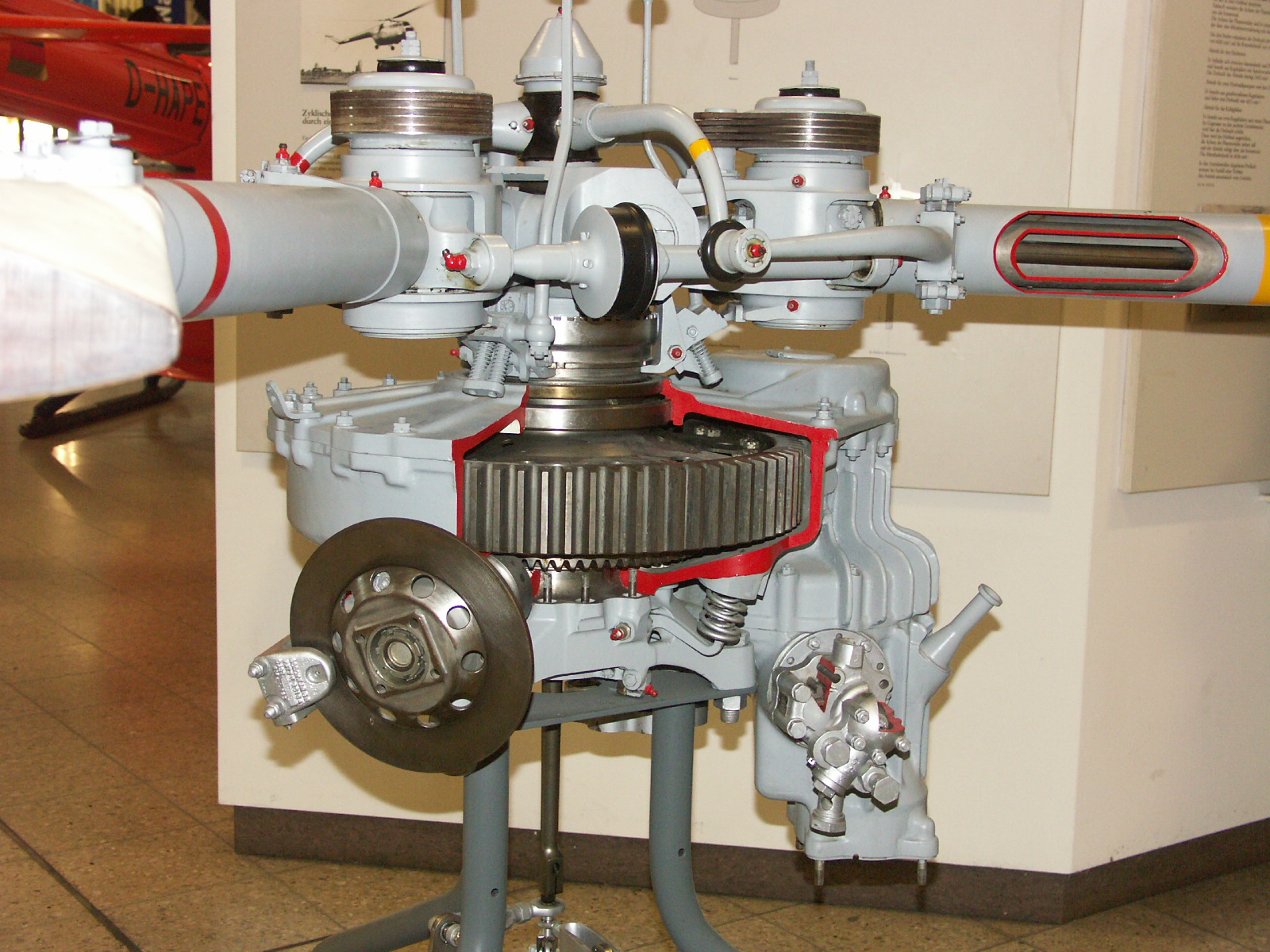
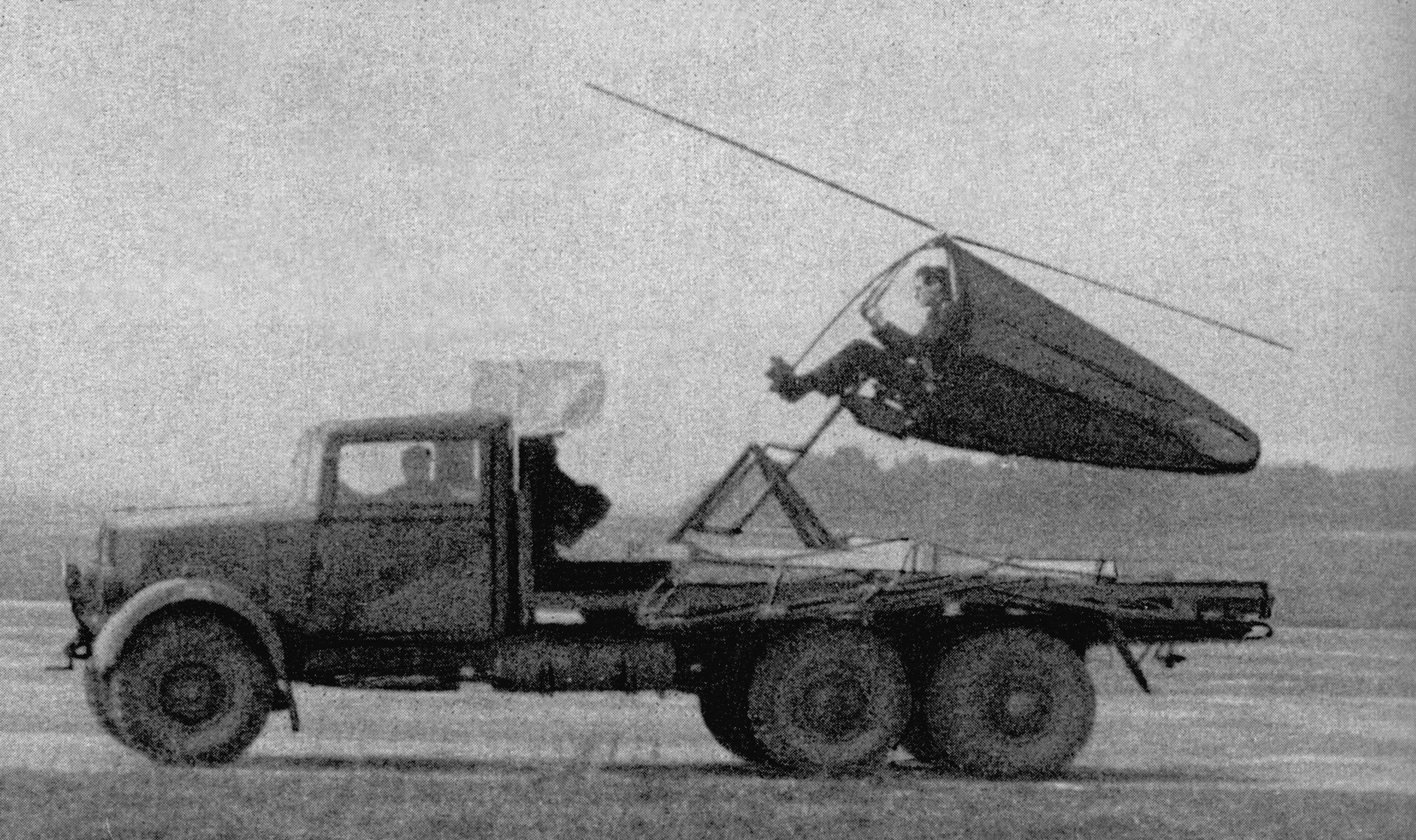
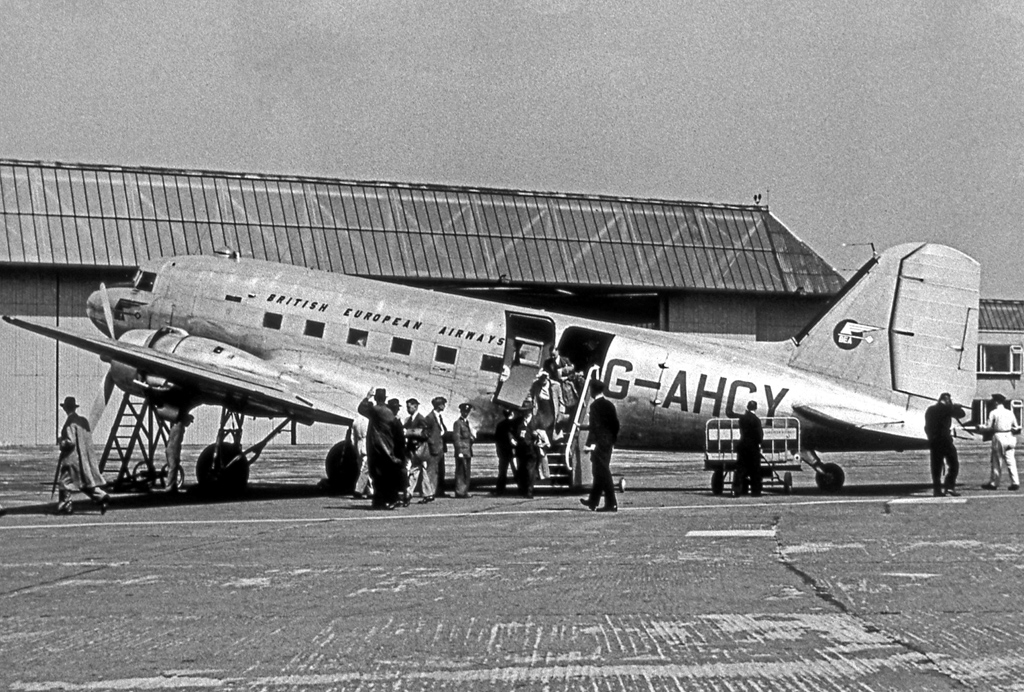
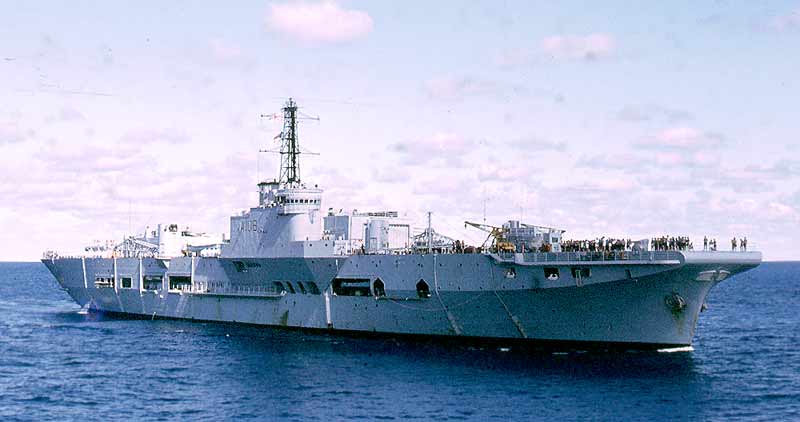
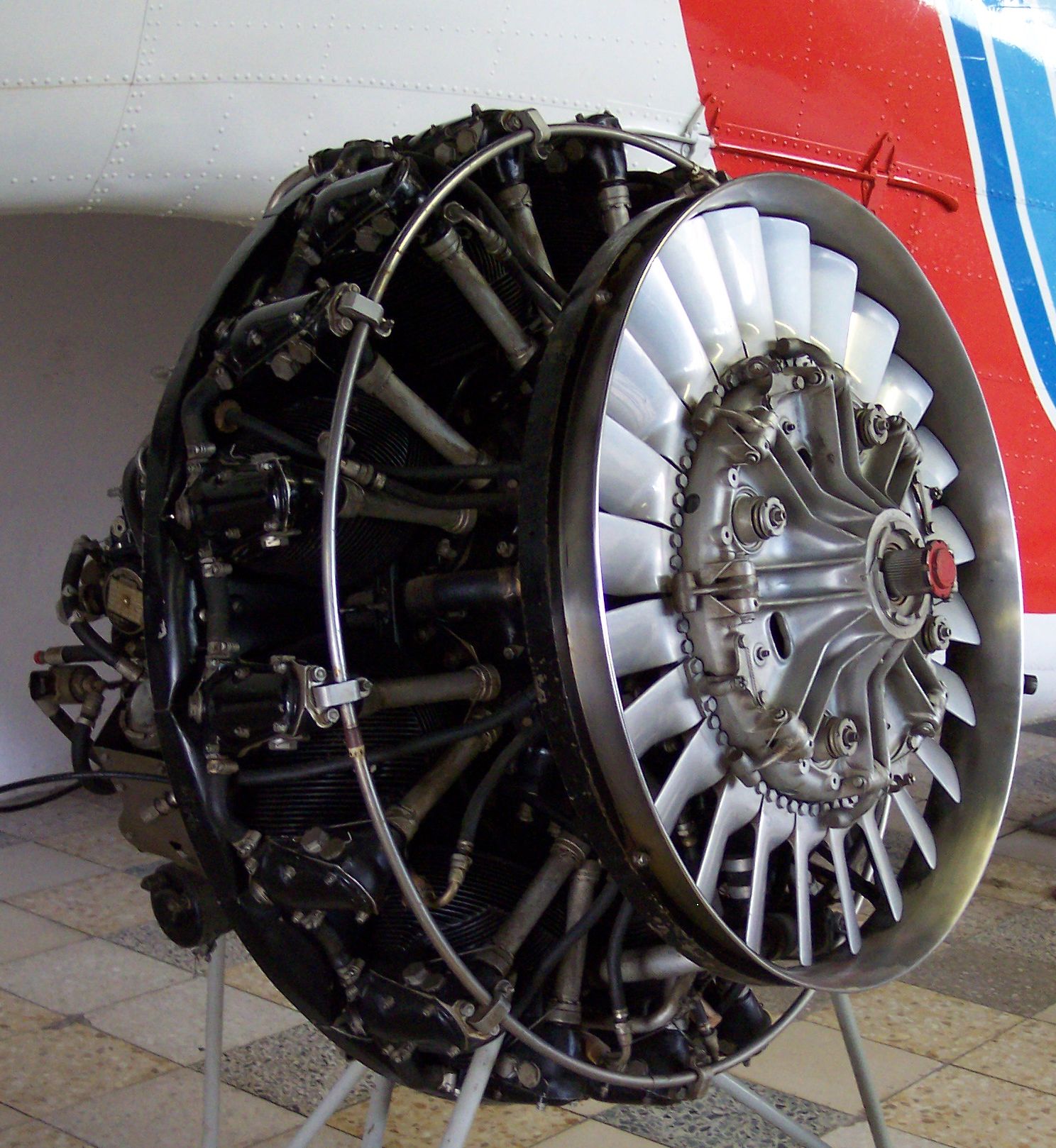
.jpg)

